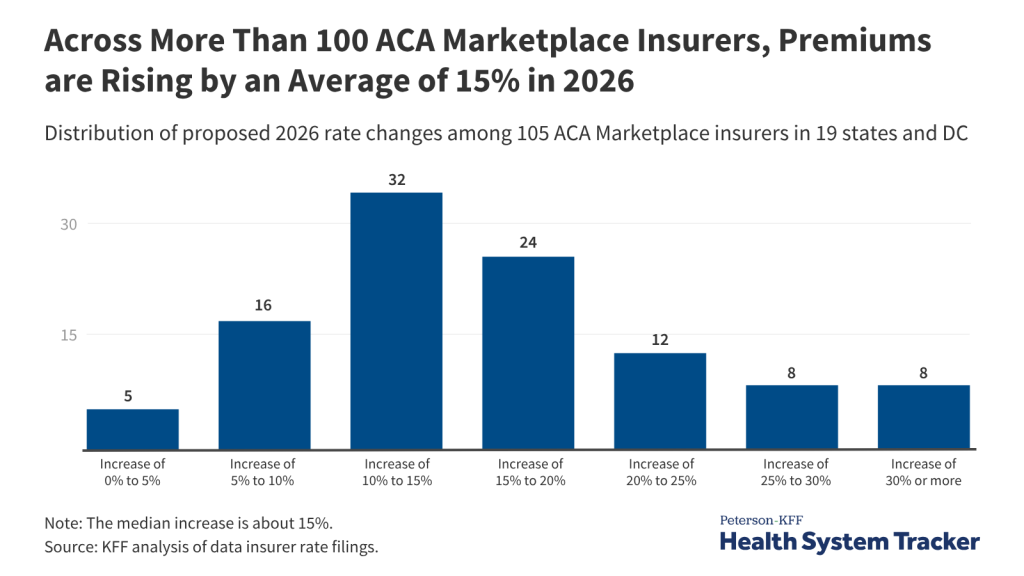The Trump Administration’s Foreign Aid Review: Status of U.S. Global Tuberculosis Efforts
| Starting on the first day of his second term, President Trump issued several executive actions that have fundamentally changed foreign assistance. These included: an executive order which called for a 90-day review of foreign aid; a subsequent “stop-work order” that froze all payments and services for work already underway; the dissolution of USAID, including the reduction of most staff and contractors; and the cancellation of most foreign assistance awards. Although a waiver to allow life-saving humanitarian assistance was issued, it has been limited to certain services only and difficult for program implementers to obtain. In addition, while there have been several legal challenges to these actions, there has been limited legal remedy to date. As a result, U.S. global health programs have been disrupted and, in some cases, ended. Recent changes to the Department of Health and Human Services, including proposed cuts and reorganization, are also likely to affect these programs. This fact sheet is part of a series on the status of U.S. global health programs. |
Background on U.S. Global Tuberculosis (TB) Efforts
- The U.S. government has been involved in global TB activities for decades and began ramping up its efforts in the late 1990s when a global TB program was created at USAID.
- TB, an infectious disease caused by bacteria, causes more deaths than any other infectious agent worldwide, including 25 million people who died in 2023, and is among the 10 leading causes of death worldwide. TB is the leading cause of death among people with HIV.
- U.S. government efforts have contributed significantly to improving TB health outcomes, including helping to save the lives of more than 58 million since 2000 and contributing to a 9% decline in TB-related mortality between 2019 and 2023 in USAID TB priority countries.
- The FY 2025 Continuing Resolution that passed in March included level funding for bilateral TB activities at USAID and CDC of $406 million (as well as level funding for the Global Fund to Fight AIDS, Tuberculosis and Malaria). The U.S. has been the top donor government to TB efforts, through its bilateral funding and contributions to the Global Fund. The administration’s FY 2026 budget request includes $178 million for TB, a decrease of $228 million (final appropriation levels are determined by Congress).
- USAID has served as the lead implementing agency for U.S. TB efforts, focusing on 24 priority countries – with activities in 50 (including at least 20 of the 30 high burden countries) – to support prevention, detection, and treatment of TB, including drug-resistant TB. The Centers for Disease Control and Prevention (CDC) also carries out global TB efforts and the State Department’s Bureau of Global Health Security and Diplomacy (GHSD), which oversees PEPFAR, leads U.S. efforts to address TB-HIV co-infection.
Current Status of U.S. Global TB Efforts
The following administration actions have had a significant impact on TB program operations:
- Funding freeze/stop-work order: The stop-work order initially froze all bilateral TB programming and services, halting existing work in the field. Because it halted payments, many implementers had to let go of thousands of staff and end some services.
- Limited waiver: Some TB activities were included in a limited waiver issued by the State Department on February 4 allowing “life-saving services” to continue, which are defined as “Essential screening, testing, and treatment for tuberculosis (TB) and drug resistant TB (DR-TB) including provision and monitoring of laboratory services, drug susceptibility testing, clinical visits, dispensing of essential medicines to avert near-term mortality and spread of infection.” HIV/TB activities were also allowed under PEPFAR’s limited waiver. Even with the waivers, services remain disrupted and implementers have faced challenges in getting permission to resume programming and difficulties in getting paid.
- Dissolution of USAID: As the main government implementer of TB efforts, the dissolution of USAID and loss of most staff have significantly affected TB program implementation capacity and operations. In addition, recent announcements of reductions at CDC could further affect global TB efforts.
- Canceled awards: It was recently reported that the administration has canceled 86% of all USAID awards. KFF analysis finds that of the 770 global health awards identified, 162 included TB activities, 79% of which were terminated.
- Legal actions: In response to two lawsuits filed against the administration’s actions, a federal judge issued a preliminary injunction ordering the government to pay for work completed by February 13, 2025, although not all payments have been made and the court has not stopped the government from canceling awards.
- Reorganization: The administration notified Congress on March 28, 2025 of its intent to permanently dissolve USAID and that any remaining USAID operations would be absorbed by the State Department with remaining global health activities to be integrated into its Bureau of Global Health Security and Diplomacy (GHSD) which oversees PEPFAR. On May 29, 2025, the State Department further notified Congress of its proposed reorganization plan.
Impact on Global TB Services and Outcomes
- An internal USAID memo reported that the cessation of USAID’s TB control programs would increase global TB incidence by 28-32% and have a similar effect on new cases of multi-drug-resistant TB.
- According to WHO, the 30 highest TB-burden countries have already reported that U.S. funding withdrawals are affecting services, including the loss of thousands of health workers, and disruptions of the drug supply chain and laboratory services.
- A recent rapid assessment survey of 108 WHO country offices found that approximately 40% reported moderate or severe disruptions to TB services, including for medicines and health products, due to the U.S. foreign aid freeze and other shortages.
- Analysis of the impact in South Africa estimated that the loss of TB funding could result in 580,000 fewer people being tested for TB and 35,000 fewer people receiving TB treatment in 2025.
- A recent modeling study found that U.S. TB program cuts could result in as many as 10.7 million new TB cases and 2.2 million additional TB deaths in 26 high-burden countries by 2030. Researchers concluded that the “loss of U.S. funding endangers global TB control.”
- Another modeling study found that cessation of U.S. TB funding could result in almost 69 million additional TB cases and 2.2 million additional TB deaths by 2040.
What to Watch
- Foreign aid review results: The administration could soon release results of its 90-day foreign aid review, including for TB. It is unknown whether it will recommend any changes to TB efforts, including further reductions, and how or if Congress will respond to its recommendations.
- Reorganization. The proposed permanent dissolution of USAID and integration of any remaining USAID global health activities, including for TB, into GHSD, raises several questions, including whether additional capacities will be provided to allow for the management and implementation of TB and these other health programs at the State Department.
- Funding/Budget Request: The administration’s FY 2026 budget request includes significant reductions in funding for global health, including a $228 million reduction for TB. Final appropriation amounts for FY 2026 will be determined by Congress. The administration also submitted its first rescission package to Congress, including proposed rescissions of more than $1 billion in FY 2025 funding for global health. Congress voted to amend the package, reducing that amount to $500 million and exempting some program areas, including TB, from the rescission.















